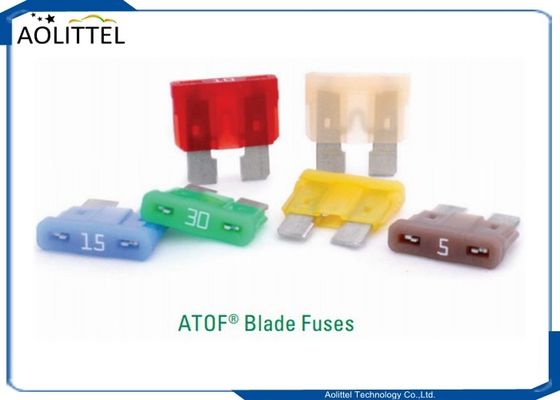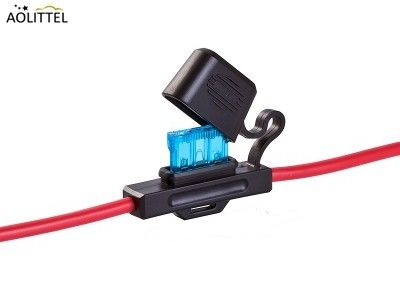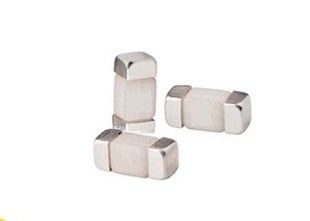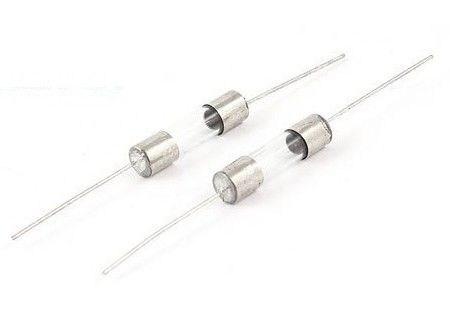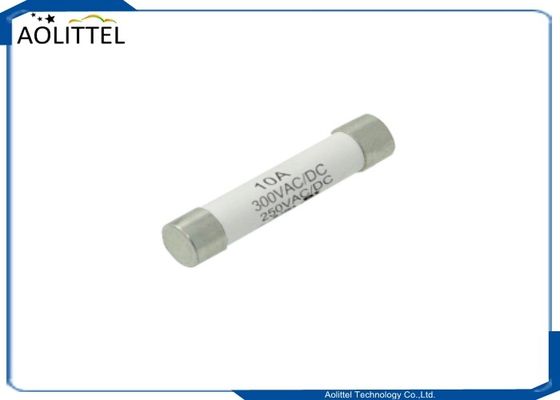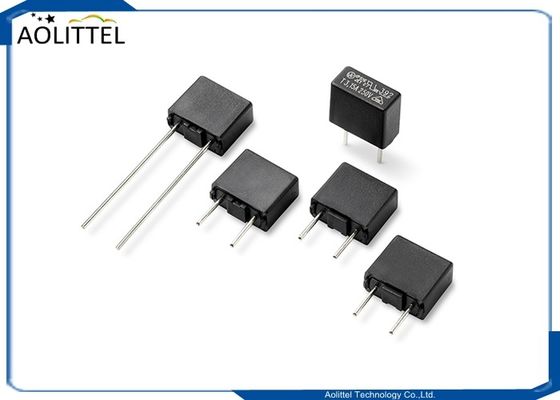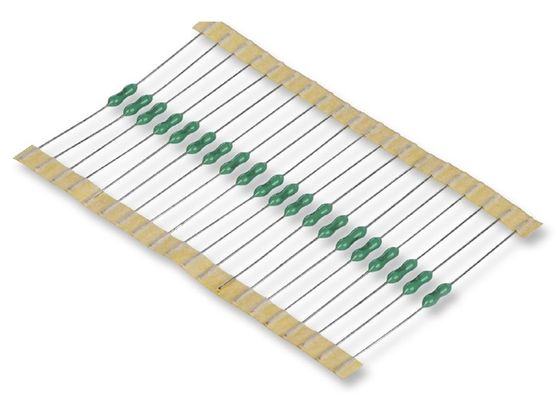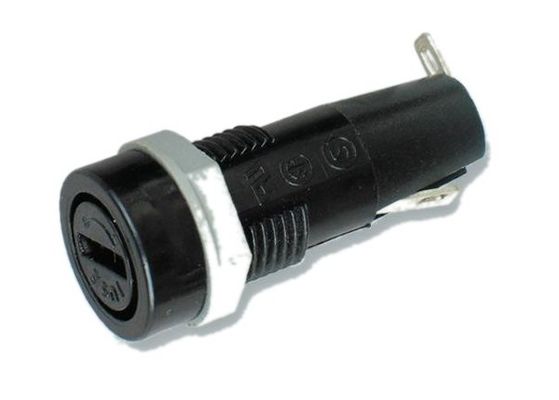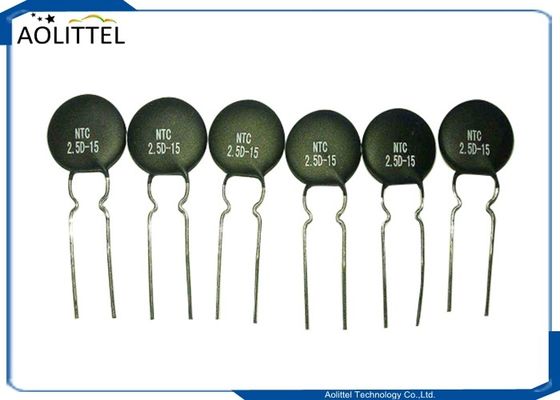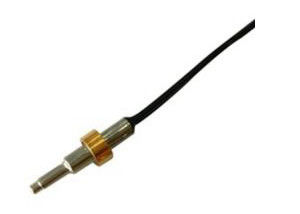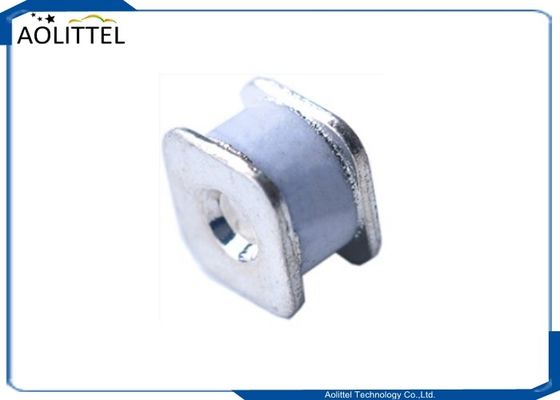Epoxy Coated Photocell 11mm Diameter Photoresistor Light Sensor GM11528 With Light Resistance 10-20 KOhm
Description
Photocells are sensors that allow you to detect light. They are small, inexpensive, low-power, easy to use and don’t wear out. For that reason they often appear in toys, gadgets and appliances. Theys are are often refered to a CdS cells (they are made of Cadmium-Sulfide), light-dependent resistors (LDR), and photoresistors.
Photocells are basically a resistor that changes its resistive value (in ohms Ω) depending on how much. They are very low cost, easy to get in many sizes and specifications, but are very innacurate. Each photocell sensor will act a little differently than the other, even if they are from the same batch. The variations can be really large, 50% or higher! For this reason, they shouldn’t be used to try to determine precise light levels in lux or millicandela. Instead, you can expect to only be able to determine basic light changes.
For most light-sentsitive applications like “is it light or dark out”, “is there something in front of the sensor (that would block light)”, “is there something interrupting a laser beam” (break-beam sensors), or “which of multiple sensors has the most light hitting it”, photocells can be a good choice !

Applications
Camera automation photometry
Indoor sunlight control
Industrial control
Optical control lamp
Optical control musicI.C
Photoelectric control
Annunciator
Optical control switch
Electronic toy
Electronic proverbial vlitional
Features
Allowable Power Dissipation ( PD ):200 mW ( Derate above 25 ℃:1.0 mW/℃ )
Maximum Applied Voltage (at 25℃):200V DC or AC
Ambient Temperature Range ( TA ) : -30 ~+70 ℃
Light Resistance at 10lux: 10-20KΩ (2854k color temperature) and 2h pre-illuminaion at 400-600 lux prior to texting.)
Dark Resistance at 0Lux:.2MΩ ; Peak Spectral Response:560Nm
Performances
| Name |
Model |
Max. Voltage
VDC
|
Max. Power
mw
|
Environment Temperature (℃) |
Spectrum Peak nm |
Light Resistance (10Lux)
KΩ
|
Dark Resistance
≥MΩ
|
γ10010 |
Response Time
(ms)
|
Illuminance Resistance Characteristic |
| Increase |
Decrease |
| φ11Series |
GM11516 |
200 |
200 |
-30~+70 |
560 |
5-10 |
1 |
0.6 |
30 |
30 |
1 |
| GM11528 |
200 |
200 |
-30~+70 |
560 |
10-20 |
2 |
0.6 |
30 |
30 |
2 |
| GM11537-1 |
200 |
200 |
-30~+70 |
560 |
20-30 |
3 |
0.7 |
30 |
30 |
3 |
| GM11537-2 |
200 |
200 |
-30~+70 |
560 |
30-50 |
5 |
0.7 |
30 |
30 |
3 |
| GM11539 |
200 |
200 |
-30~+70 |
560 |
50-100 |
8 |
0.8 |
30 |
30 |
4 |
___________________________________________________________ Download________
Download________
Notes:
1. To avoid the light-sensitive resistors on the humid, high temperature environment preservation.
2.In the use of the process, the welding time shortened as much as possible.
3.Note that lead soldering location should be 3 mm from the ceramic base (mm) or more.
How to measure light using a photocell
As we’ve said, a photocell’s resistance changes as the face is exposed to more light. When its dark, the sensor looks like an large resistor up to 10MΩ, as the light level increases, the resistance goes down. This graph indicates approximately the resistance of the sensor at different light levels. Remember each photocell will be a little different so use this as a guide only !

Test Conditions
Max. External Voltage: The max. voltage can be consistently imposed in the components in darkness.
Dark Resistance:The resistance which is get from closed the 10 lux light for 10 seconds. Max. Power:When the environment temperature is 25℃ using the biggest power Light Resistance:The resistance which is get after 400-600lux light for 2 hours, test with the standard light (CCT:2854K) 10 lux get the value.
Γ Value: The ratio gets from the standard resistance in 10 lux illuminance and 100lux illuminance’s rate.
Lg (R10/R100)
γ= =Lg(R10/R100)
Lg (100/10)
R10、R100 the resistance value in 10lux and 100 lux respectively. (γ’s tolerance is ±0.1)
Some basic datas
These stats are for the photocell in the Adafruit shop which is very much like the GM11528. Nearly all photocells will have slightly different specifications, although they all pretty much work the same. If there’s a datasheet, you’ll want to refer to it
Size: Round, 11mm/0.4″ diameter.
Resistance range: 200KΩ (dark) to 10-20KΩ (10 lux brightness)
Sensitivity range: 560nm,CdS cells respond to light between 400nm (violet) and 600nm (orange) wavelengths, peaking at about 520nm (green).
Power supply: 200VDC pretty much anything up to 100V, uses less than 1mA of current on average (depends on power supply voltage)
Datasheet see headline
Two application notes on using and selecting photocells where nearly all of these graphs are taken from
Customized example

Customization is available with detailed requirements !

 Your message must be between 20-3,000 characters!
Your message must be between 20-3,000 characters! Please check your E-mail!
Please check your E-mail!  Your message must be between 20-3,000 characters!
Your message must be between 20-3,000 characters! Please check your E-mail!
Please check your E-mail! 
